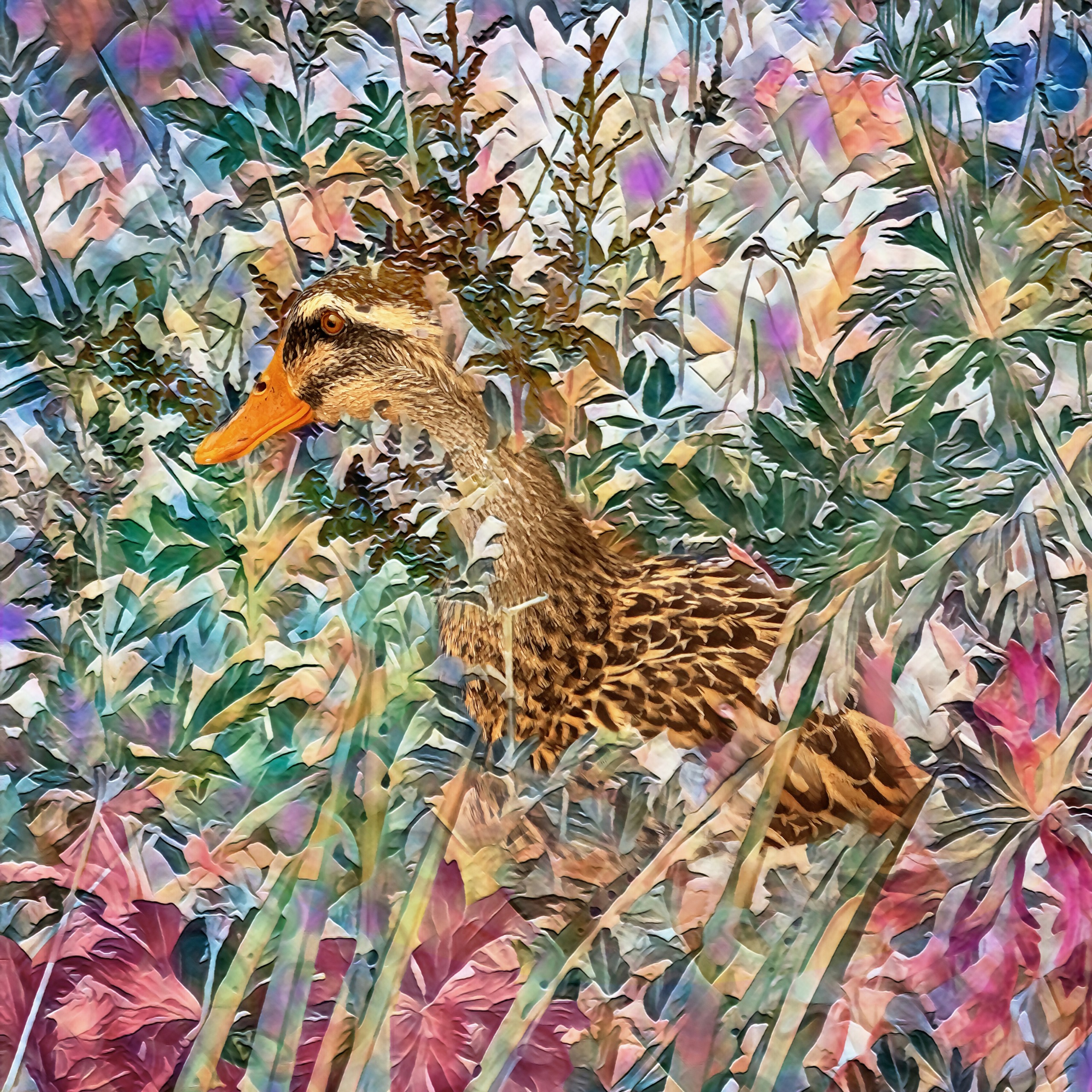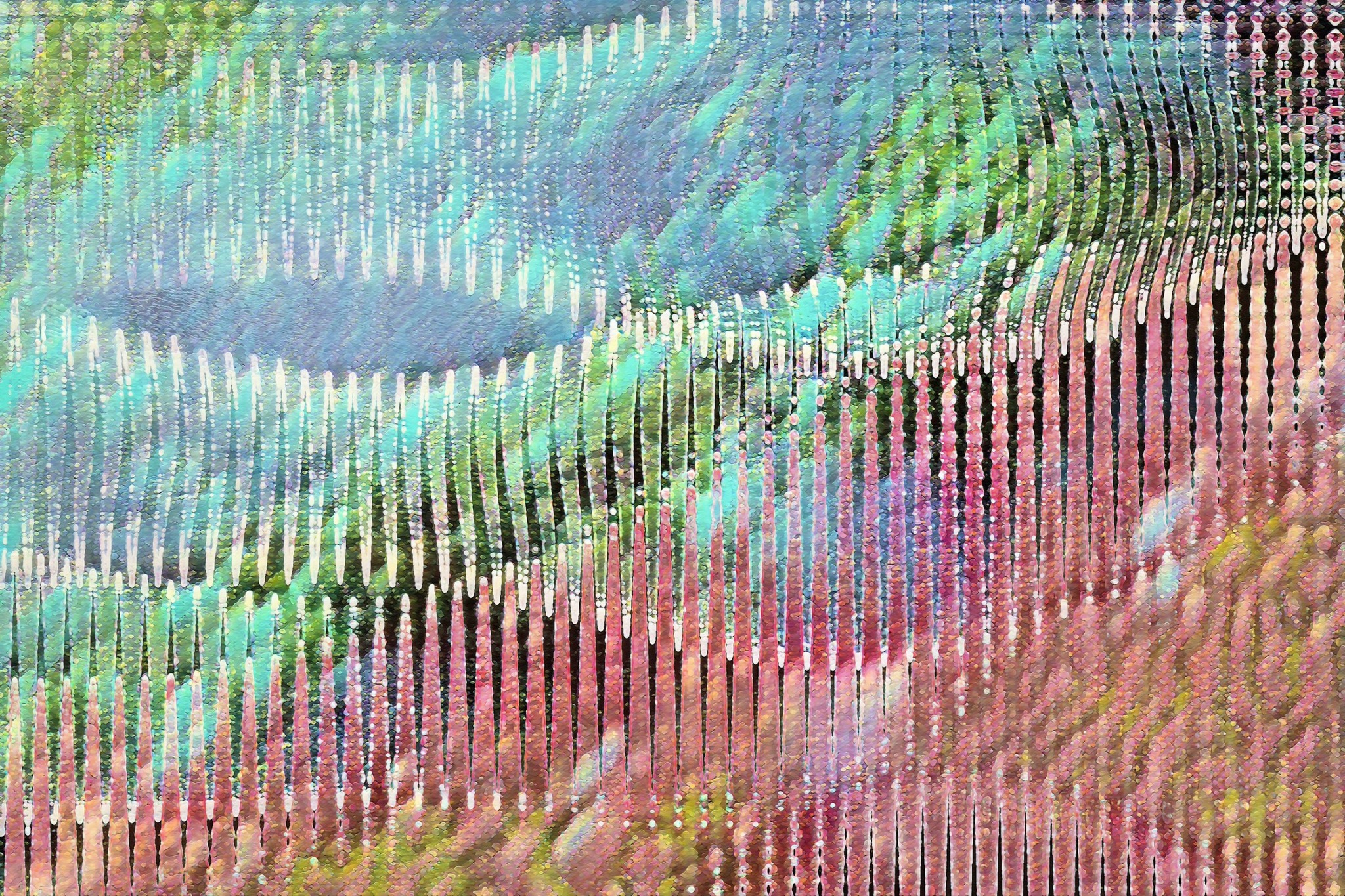We were lucky to catch up with Reed Hearne recently and have shared our conversation below.
Reed, thanks for joining us, excited to have you contributing your stories and insights. Has your work ever been misunderstood or mischaracterized?
Artist statements accompanying award-winning photographs often include words like “No Photoshop or post-production editing was used.” The disclaimer reinforces the idea that manipulating photography is akin to cheating, that only purist photography honors the years of experience required to hone a technical skill, not to mention the accumulation of expensive equipment.
I would say, on the contrary, that any artistic practice that captures light with a camera and presents or projects it onto paper or other substrates is photography by definition. There are many great examples of this by Man Ray and others where even the camera was eliminated from the equation.
All photography is manipulated. Lenses, exposure, shutter speed, framing, cropping, chemicals, dodging, burning, and myriad printing choices are only some of the ways that “pure” photography is orchestrated with every choice. It seems ridiculous and counterproductive to argue that older technology somehow infuses art with integrity.
The human eye detects light between 430-770 THz. Our ears can detect sound between 20Hz – 20KHz. This is only a fraction of the entire range of frequencies in the light and sound spectrum. Clearly, we are surrounded by a range of reality that we can neither see nor hear.
Art often emerges in the realm of this shadow world. If we choose to look beyond our restrictive assumptions, we can engage our limitless imagination to coax it into view.
Purists will often say that anyone can use Photoshop to “jazz up” photos. The huge number of bad examples available on every social media platform is stated as the supporting evidence. But ever since cameras have gone mainstream, there have been an equal number of bad attempts at pre-digital photography, as well as every other form of artwork I might add.
My own digitally manipulated images, which I call Digital Expressionism, have evolved from a complex process developed over years of trial and error. They can only result from carefully chosen source material which is always my own photography. I’m not just playing around with pixels (though the creative process is always exhilarating). The fundamentals of photography are the tools in my paintbox.
When we experience how visual recognition can be persuaded into an entirely different conclusion, we realize that sensory input (perception) is manipulated in our brains to give it meaning. This processing is called apperception. When it happens automatically (which is most of the time for most people), it relies on the history of our unconscious associations. When apperception involves choice, as I try to illustrate in all my work, our consciousness is expanded in novel and liberating ways. Many artists employ similar methods of discovery with always evolving painting techniques.
Art often achieves transcendence by limiting variables in the creative process. Restriction can be a powerful means of achieving focus. At its best, so-called “purist” photography shines as a great example of this. There is always room for diversity and experimentation in art; it doesn’t need to be superior or exclusionary. There is no more benefit today from trying to elevate one method of creation over another than there was when the French Academy excluded Impressionism from the Salon. The impact of the result is ultimately what justifies the journey.
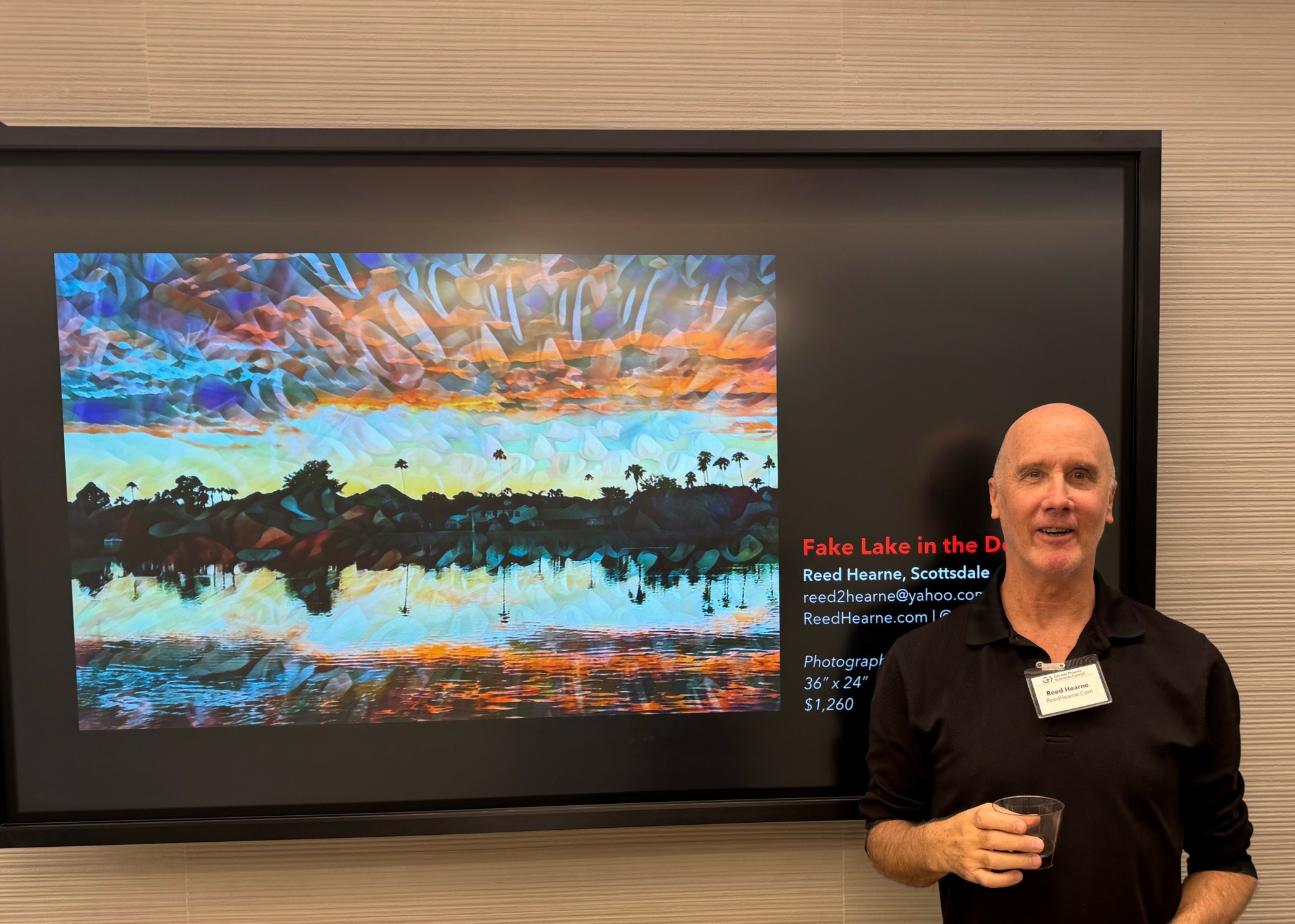

As always, we appreciate you sharing your insights and we’ve got a few more questions for you, but before we get to all of that can you take a minute to introduce yourself and give our readers some of your back background and context?
When I was a child I had little interest in the usual games and make-believe that other kids seemed to take for granted. I always ended up with the other odd ducks inventing activities that had nothing to do with reality but followed complex rules that evolved during the process. Many years later I identified this approach to life as fundamental to painters, writers, storytellers, musicians, philosophers, poets and inventors of every stripe that, for me, are all encompassed by the term “artist.”
So much of what we think we see is actually just our preconceived assumptions, the idea of a hat, not what a particular hat actually looks like. I aim to encourage viewers to drop their cataloging mental filter so they can experience color, form and composition directly and fresh. The real subject matter of my photography usually has very little to do with the end result, whether unenhanced or digitally manipulated. It is a practiced “way of seeing” that offers everything before our eyes for reinterpretation.
I define my abstract photographic work as Digital Expressionism. It is a blending of the subjective, emotional impact of Expressionism with the Abstract Expressionist notion that the creative process is as much the art as the evidence of it left behind. These artworks are pieces I’ve manipulated through a complex, intuitive process developed over years of trial and error. I’ve learned to forage with my camera for the particular balance of visual elements that ultimately lead to a desirable but unexpected discovery. In some ways, I guess I’ve come full circle as I don’t see how what I do now is really very different than inventing my own games and rules as a child.
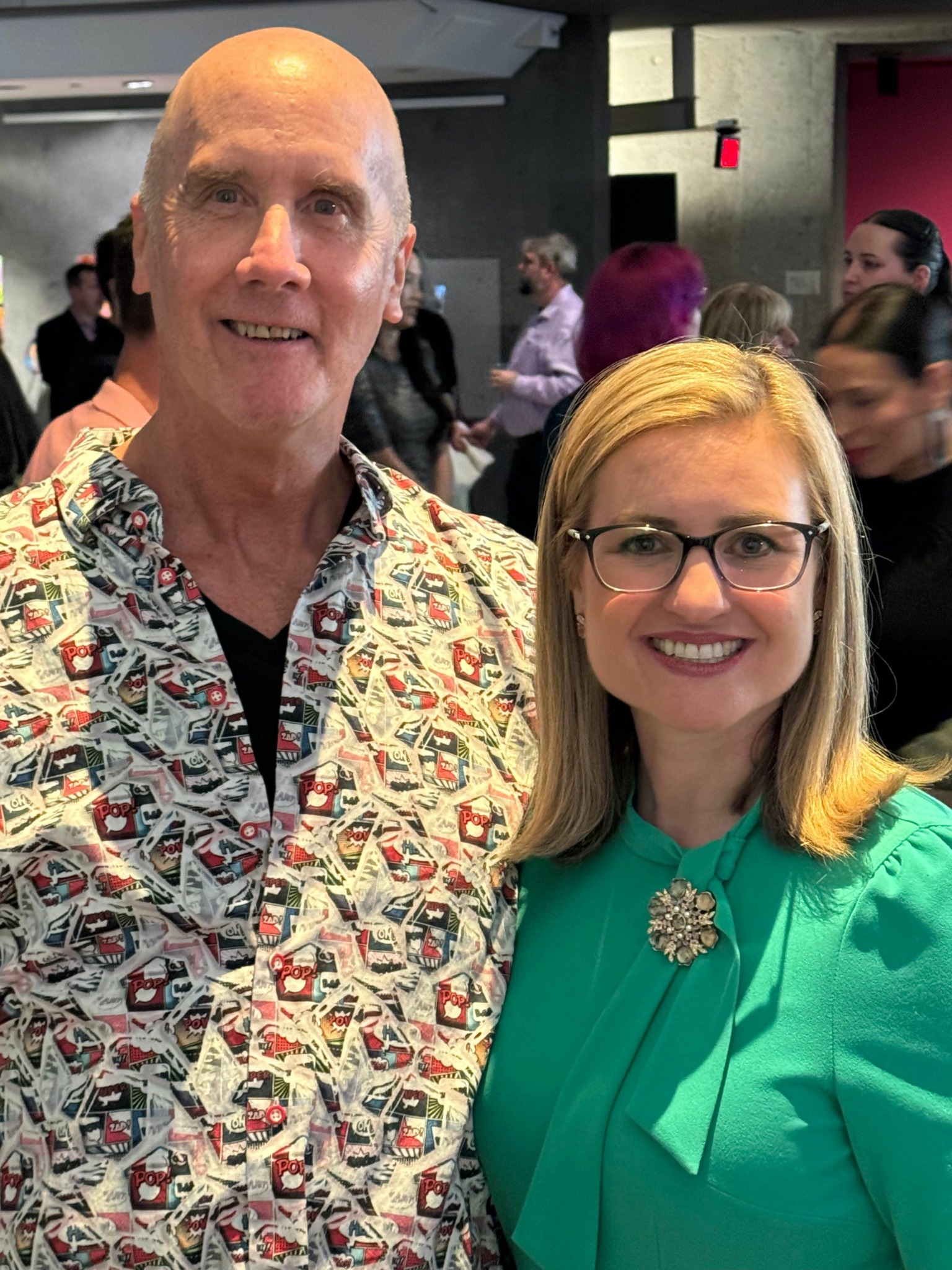
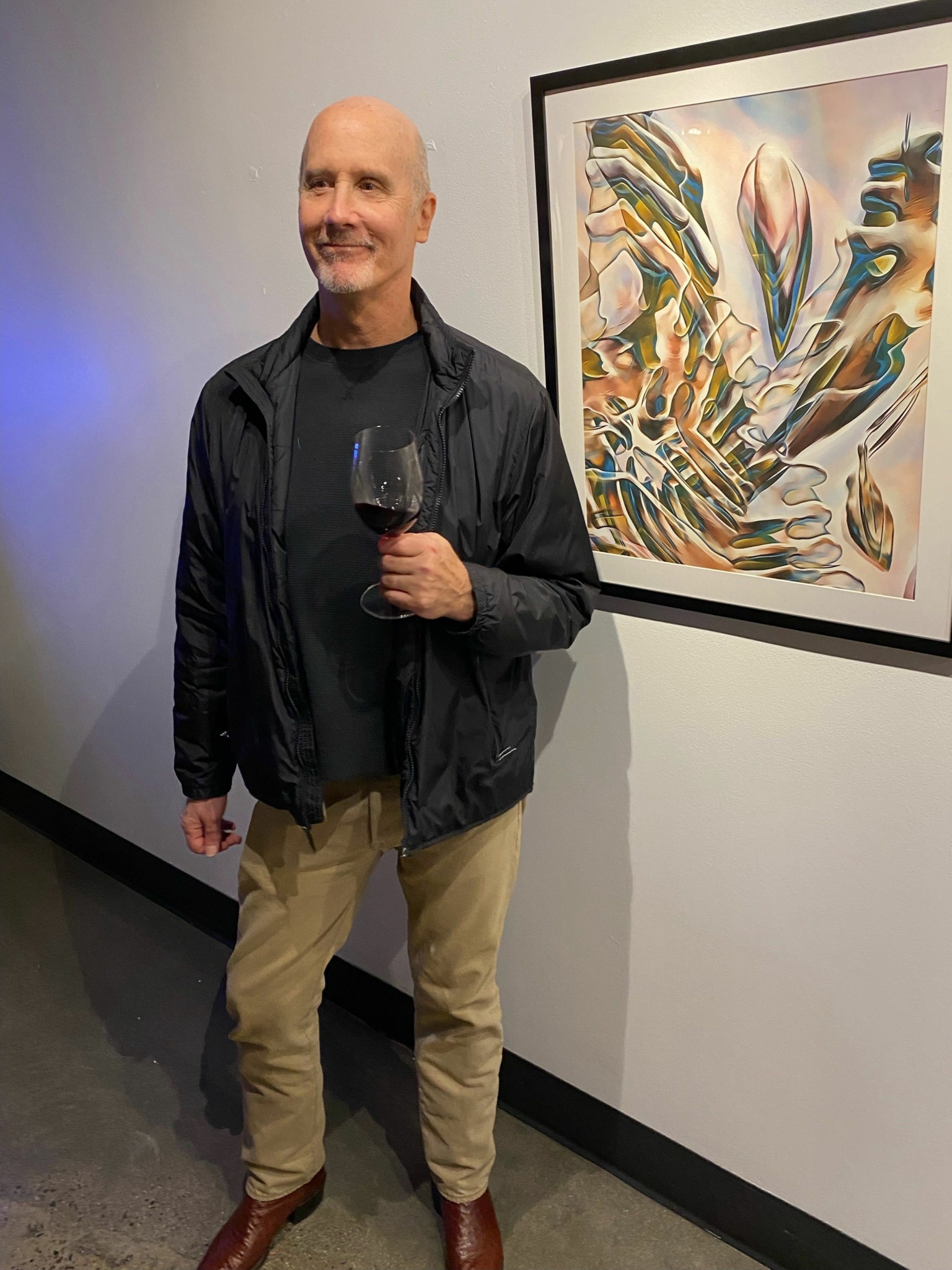
Is there a particular goal or mission driving your creative journey?
Our brains work as editors to an overwhelming assault on our senses. If we didn’t constantly prioritize and organize our sensory input into a preconditioned concept of agreed-upon reality, we would probably go insane. On the other hand, when we recognize some of the discarded possibilities of making sense out of the chaos, we can skirt the edges of overwhelm and find jewels of discovered resonance and meaning.
My goal is to glimpse and translate the raw material of sensory input in new ways by acknowledging and discarding some of the mental labels that allow us to live in a shared reality and limit us from exploring new possibilities. This is the essence of the idea to literally “see differently.”
‘What you see is what you get.’ is a common truism. Today, however, in a world where objective reality is difficult to pin down in politics, news, physics, human values, etc., the more prescient phrase is ‘How you see is what you get.’ Our universe is apparently more subjective than we suspected. If you train your eye to see other possibilities of visual information, your mind will follow. Fixed assumptions and dogmatic beliefs give way not only to tolerance and compassion but also to unforeseen opportunities and adventure. This is my hope for my audience.
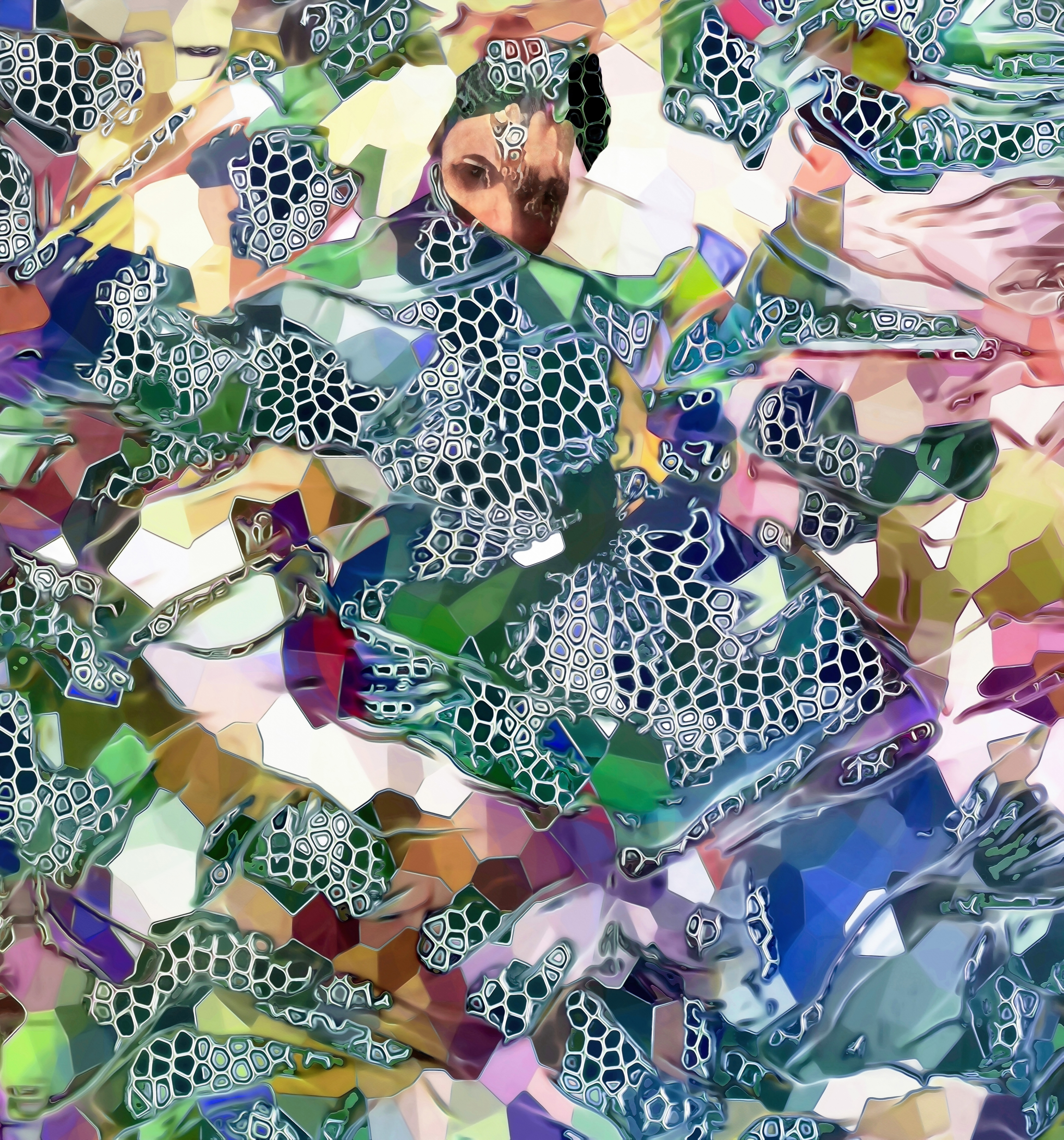
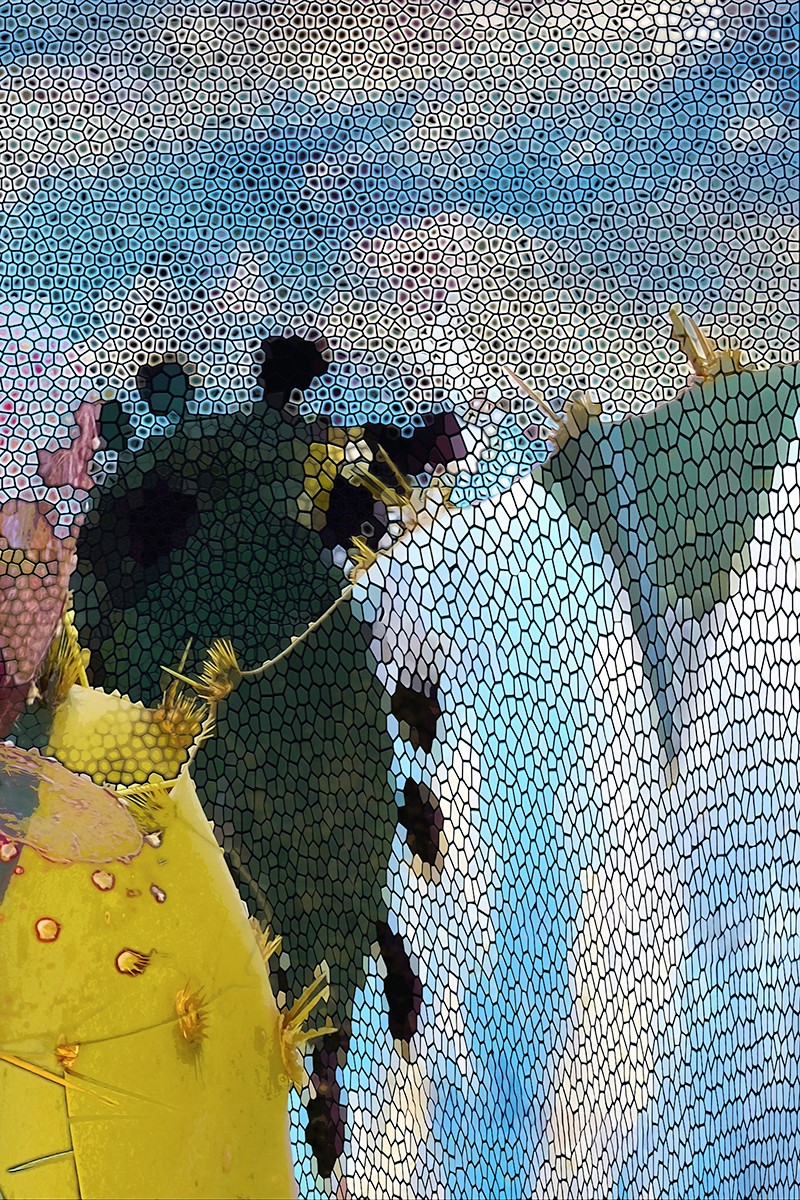
How did you build your audience on social media?
I honestly don’t have a clue about how to grow your audience on social media. What I know is, for me, it has been an important tool to reach out to other like-minded creatives. Other people talk about their feeds being clogged with political rants, pop culture nonsense, and such, but I have never had that experience. I keep my posts and comments fairly limited to communicating about art, photography, aesthetics, philosophy, and literature, which are the subjects I care most about. I reach out to other artists who inspire and have found hundreds of like-minded individuals around the world who reciprocate in kind. I honor these relationships with the same honesty and integrity that I give to real-world relationships. My advice is social media is what you make of it. I have never tried to gain followers in order to be more popular. By staying real, the contacts I’ve gained have become real allies, even though I’ve never met most of them. We offer each other a network of support and a valuable exchange of information intrinsic to our mutual pursuits. Sadly, I think when people try to sell a persona that isn’t true to themselves, the followers they attract will be likewise disingenuous.
Contact Info:
- Website: https://ReedHearne.Com
- Instagram: reed2hearne
- Facebook: reed.hearne
